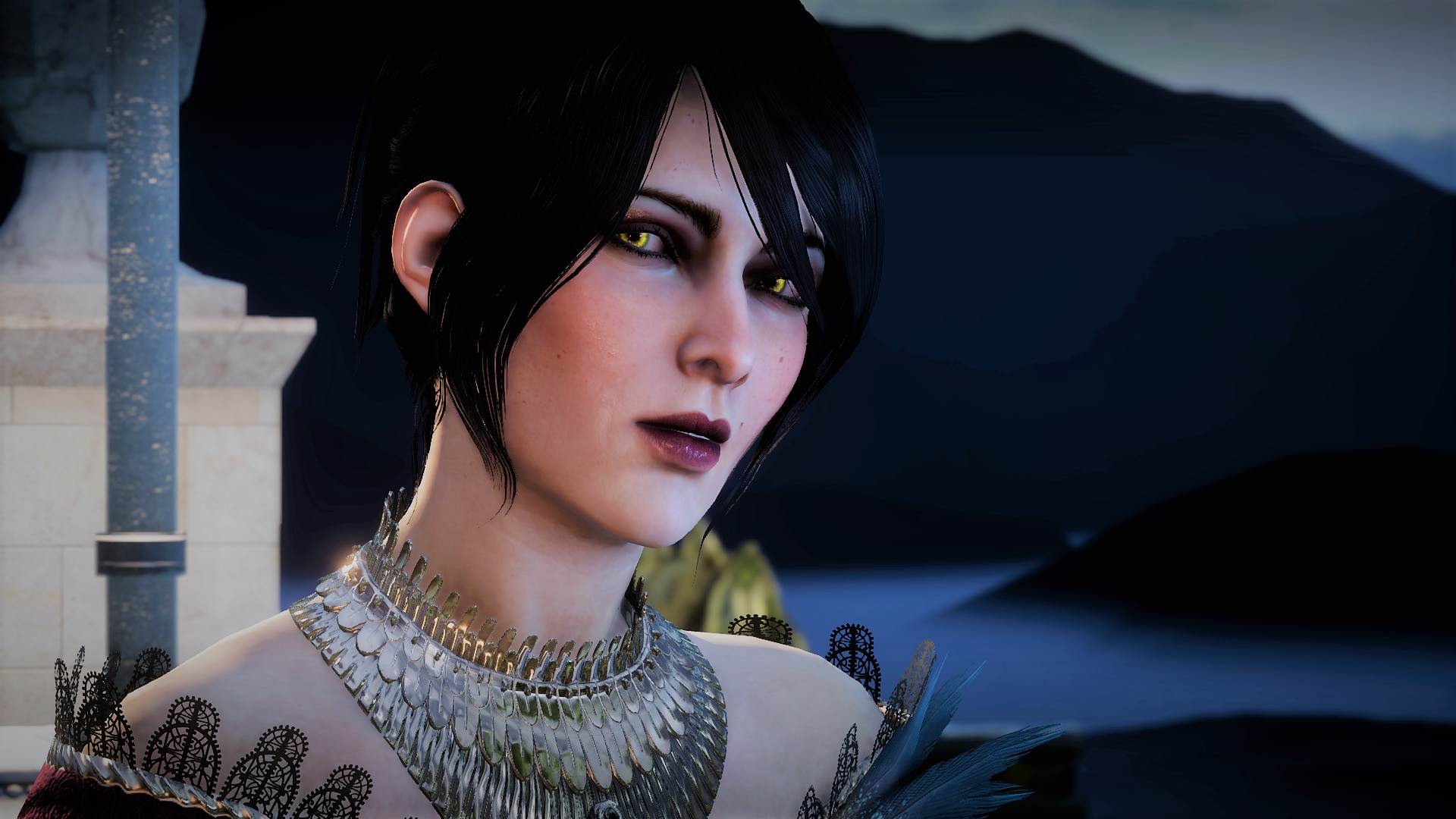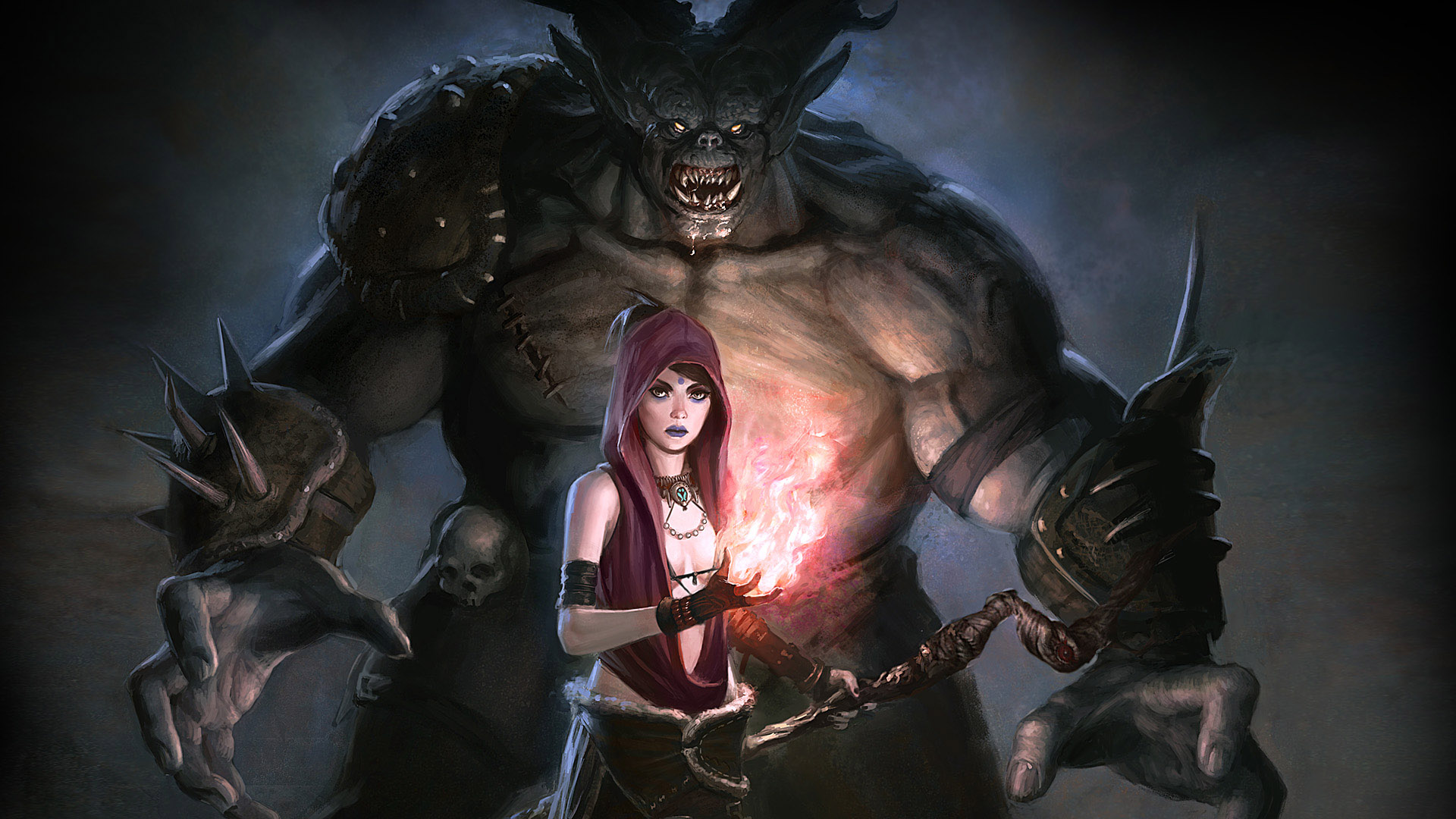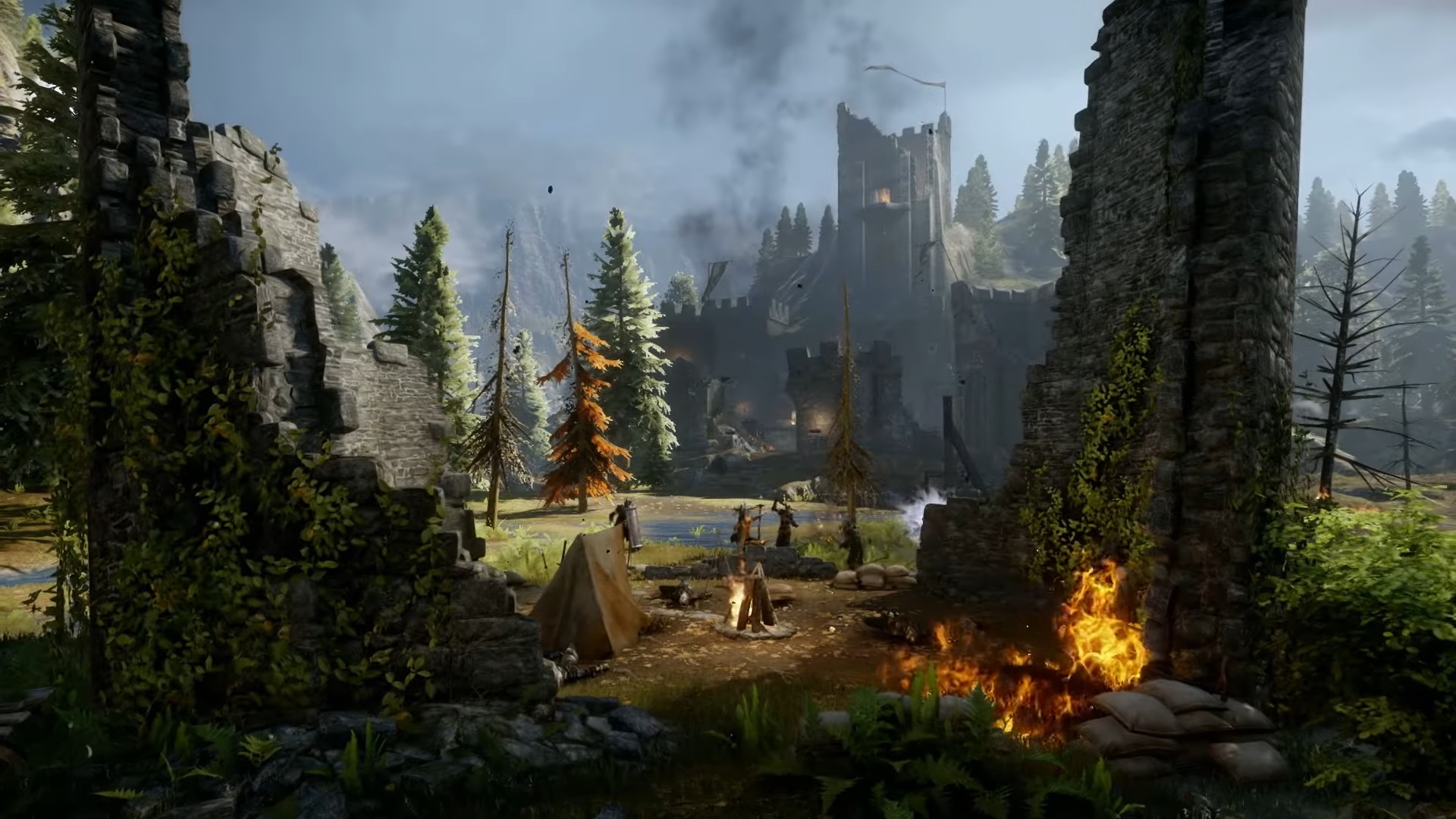Dragon Age: Inquisition's Hinterlands were the closest BioWare got to making an Elder Scrolls-style open world, and everyone agreed you should leave as quickly as possible
The Hinterlands are one of the most controversial RPG starting areas, but were they really that bad?


All this week we're looking back on the best of the Dragon Age series, to celebrate its 15th anniversary. We've got loads of great Dragon Age opinions and retrospectives, and we'll be adding more to the list in the days to come.
With Dragon Age: Origins having set a gold standard for RPG intros that stands to this day—seriously, the titular Origins are killer—it's always been a bummer that the rest of the series has never lived up to that particular legacy. With Inquisition, I've always reserved my ire for the disjointed Fade-Sacred Ashes sequence that begins the game on a real squeaker of a fart, but the great separator of failed and successful Inquisition playthroughs comes right after: The Hinterlands.
It's the Dragon Age Green Hill Zone, baby, a bucolic, forested countryside that abuts what is allegedly the same town of Redcliffe from Dragon Age: Origins (no longer red, there is no cliffe). It's one of the biggest zones BioWare has ever made, rivaling the alien moonscapes of Mass Effect: Andromeda, but it's also a quagmire. So much so that, back in 2015, PCG global editor-in-chief Phil Savage practically begged players to leave the area and give the rest of the game a chance. Despite the Hinterlands' many flaws, I find myself thinking fondly of this quaint countryside that devoured so many of my furtive character rerolls back in the day.
Low-level questing

Even today, all these years later, the Hinterlands are impressive and eye-catching. Crumbling towers and plunging valleys deliver a real classico, warm blanket dose of fantasy vibes right to the dopamine receptors. Eventually there's also some impressive variety to be found in the Hinterlands' more far-flung areas. The first and best dragon fight of the game awaits in a chasm of every level designer's favorite artistic flourish, columnar jointed basalt, while a shallow delve into the Deep Roads wowed me with its seamless connection to the overworld.
There's a charm here beyond my nostalgia for the time in my life when I first played Inquisition.
But now we're brushing against a big weakness of the Hinterlands and Inquisition as a whole: Strict, MMO-style level gating between different areas of each map. The pace of leveling in Inquisition basically demands that you save the coolest parts of the Hinterlands for later, leaving you with the most placid "clear the rats out of the tavern basement" -core portions of the map to develop a first impression from. I still remember the sinking feeling in my gut when I finished the early main quest to help the stable master and get some horses that don't actually help you move faster: "Oh, is this all there is?"
And so much of Inquisition is Hinterlands—though some of the late game desert maps boast an impressive square footage, no other zone in the game shares the Hinterlands' combination of size and density. There are so many quests, camps, and rifts in this neck of Thedas.
But even with all that grousing, there's a charm here beyond my nostalgia for the time in my life when I first played Inquisition, a certain Hyrule Field "I'm going on an adventure!' zest that no amount of fetch quests or those awful stick bug demons with a knockdown attack could stifle. What's more, the other zones of Inquisition often had the opposite problem in my experience: I found myself overleveled and breezing through them, hardly stopping to smell the roses, with the mid-game Emerald Graves and Exalted Plains being particular offenders in this regard.
And we're not going to see the Hinterlands' like from BioWare again any time soon, what with the studio embracing a Mass Effect 2-esque structure for Dragon Age: The Veilguard. So maybe next time you're going for another jaunt through Inquisition, don't get out of the Hinterlands too quickly. Savor them as the precious anachronism they turn out to have been.
Keep up to date with the most important stories and the best deals, as picked by the PC Gamer team.
Ted has been thinking about PC games and bothering anyone who would listen with his thoughts on them ever since he booted up his sister's copy of Neverwinter Nights on the family computer. He is obsessed with all things CRPG and CRPG-adjacent, but has also covered esports, modding, and rare game collecting. When he's not playing or writing about games, you can find Ted lifting weights on his back porch. You can follow Ted on Bluesky.

